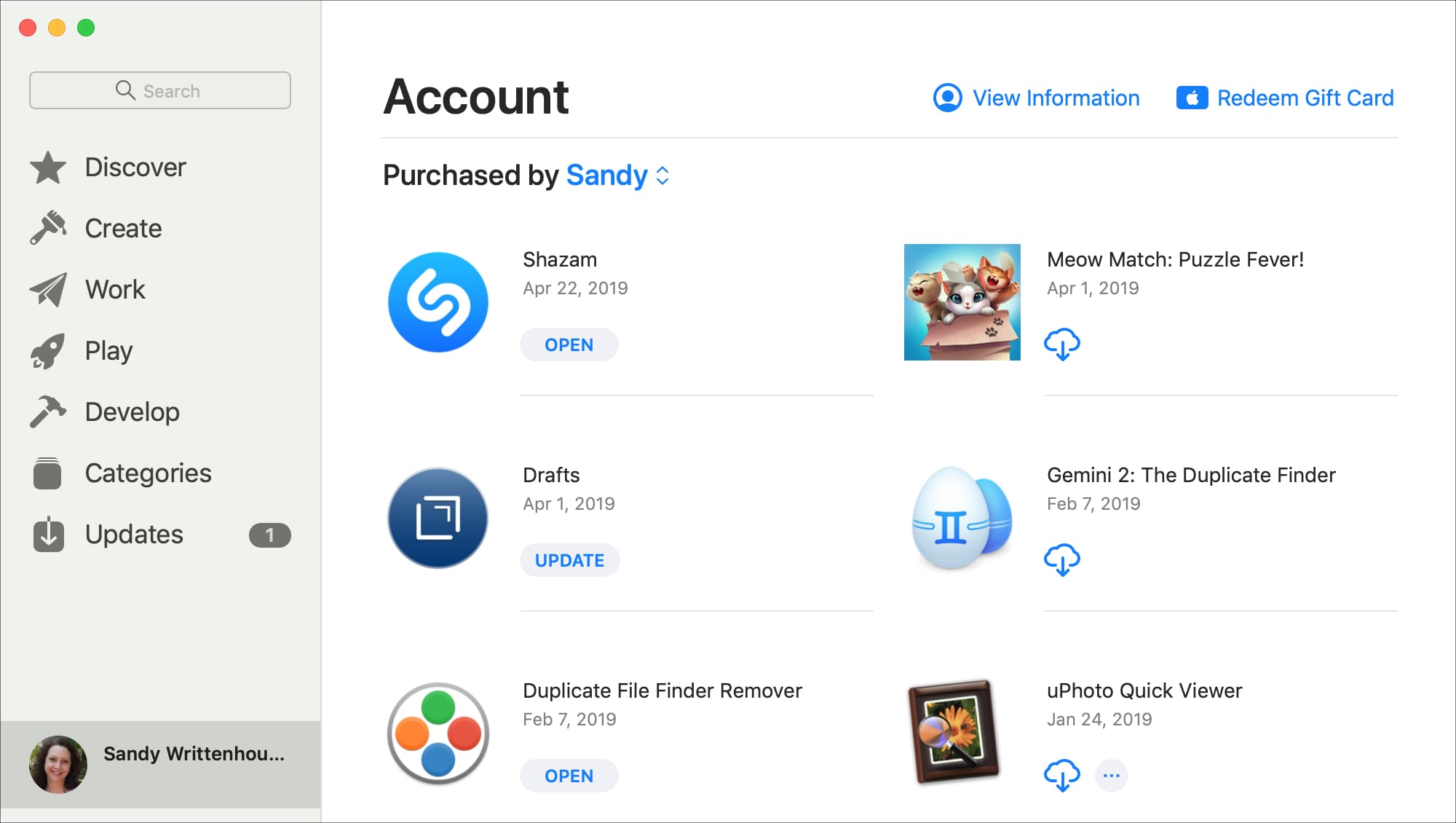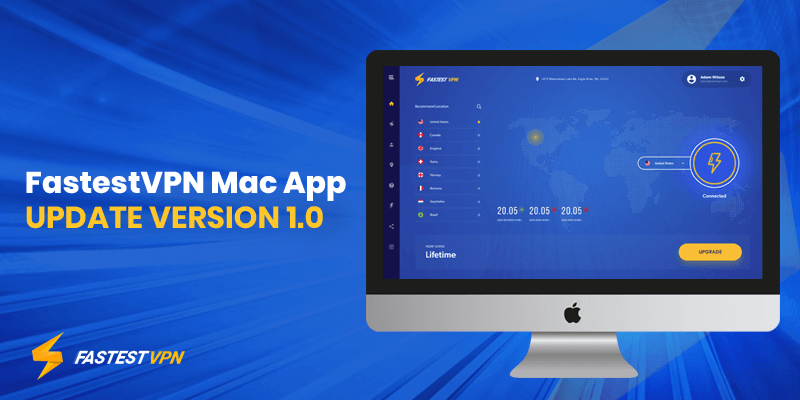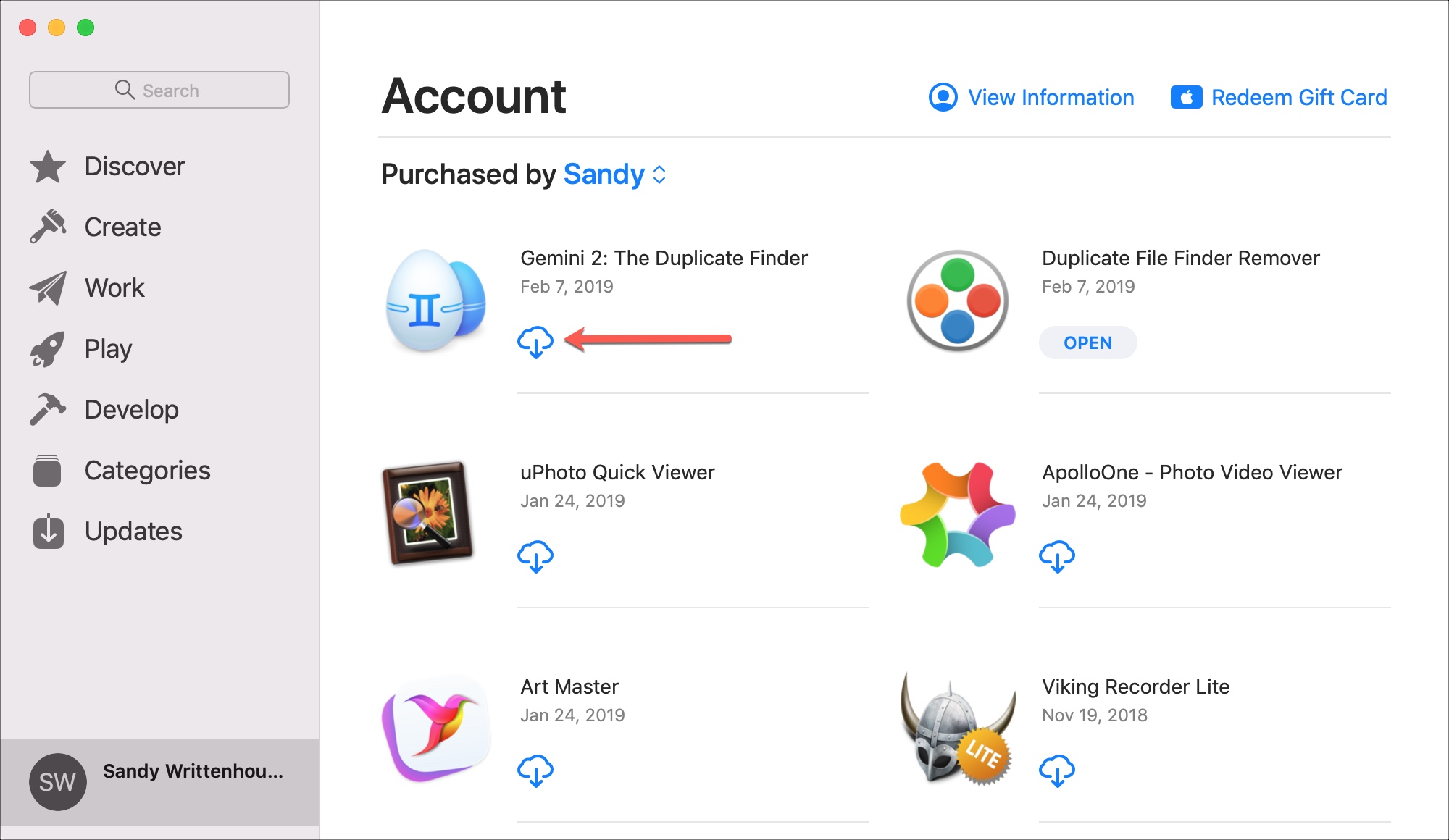A slow runningMac can be a pain in the neck. And quite literally, as you might have to spenddouble the time on simple tasks. You can speed up a slow running Macbook Pro by deleting redundantfiles, stopping resource-hungry apps, removing caches, and updating MacOSregularly.

If it’s the browser that’sslowing down your processes, maybe you need to move to a different browser.Since a lot of us use our Macbooks primarily to use the internet, slow browserscan be a major reason behind the Mac slowdown.
Speed Up Mac Computer
Open the Mac App Store and switch to the update tab. This will start checking whether there is an updated version of the operating system and any application installed through App Store. On older macOS, click the Apple menu and choose “Software Update”. Nov 03, 2017 Basically any software update, app download, iCloud document, or iTunes media downloaded on your network will end up in the cache. If another device needs the file it will check the cache first. That means it will grab it from that computer rather than the internet—making the download much faster and saving you internet bandwidth.
Yes, your Macbook Pro iseverything you could ask for in a computer. It comes with the latest featuresand also a secure browser. But on some days, it may leave you wondering ‘Whyhas my Macbook Pro become so slow’? There are dozens of reasons your Mac may beacting up. For instance, a large number of unused files could be blockingstorage. However, there are lots of solutions too.
Let’s check out thedifferent ways you can speed up Macbook Pro whenever it shows signs of slowingdown:
#1 Delete large, redundant files
Over time, your Macbookturns into a dump yard. With all the old files and new ones, the systemstruggles to operate freely. The first thing to do is taking a long, hard lookat what to keep and what to purge. Images, videos, screenshots, text files,presentations, audio, and everything in between become obsolete after a certaintime. There is no reason these should interrupt your present tasks.
Here’s what you can do. Clickon the Apple icon on the Menu. The About this Mac option gets displayed. Clickon it to go to Storage. Next, select Manage. Here, you can choose all files youwant to erase. When you are ready, hit Delete.
Apple > About this Mac > Storage > Manage > Delete
#2 Remove programs from Startup
When you have a long list ofprograms and apps that launch at startup, it slows down the system. It’s bestto keep this list at the minimum if you want to speed up programs that you needevery day.
To remove programs fromStartup, first, click on the Apple icon to open System Preferences. Go to Usersand Groups next. After that, click on Login Items. Check the boxes before itemsyou see and enable or disable them.
Apple > System Preferences > Users and Groups > Login Items > Enable/Disable
Similarly, you may want toinclude a new item at Login to make your job easier. However, choose wiselysince every program depends on your system’s resources.
#3 Switch to a faster browser
When your Macbook Pro slows down, a slow browser is not usually the first suspect. Yet, this might be the actual cause. When it takes your inbuilt browser ages to load pages or it freezes midway, it’s a sign. Move to an additional browser as soon as you can, preferably one that’s faster. The Kingpin browser, for instance, is faster than the inbuilt Safari and much more private. What Kingpin brings to your Mac is a slew of speed enhancing features. It doesn’t save session cookies or caches, does not run extensions, and helps users avoid tracking. Cookies, cached files, and ads occupy RAM and start slowing down your system. With Kingpin, you can steer clear of this issue. Migrating to this browser is a reliable way to speed up your Mac.
#4 Adjust the appearance and display of the Macbook Pro
Display setting and a few animations– how could they possibly harm? Small things, right? Wrong. Transparency, colorinversion, or contrast can significantly slow down your Mac. So optimize themto use as little as possible of available resources.


To reduce transparency, goto System Preferences and click on Accessibility. Then, hit Display. Uncheckthe box next to Reduce Transparency.
System Preferences > Accessibility > Display > Reduce Transparency > Uncheck
To minimize animations, clickon Dock from System Preferences. As a next step, click Animate openingApplications and Automatically hide and show the Dock. Then, click on MinimizeWindows Using and select Scale Effect instead of Genie effect.
System Preferences > Dock > Animate opening Applications, automatically hide and show the Dock > Uncheck > Minimize Windows using > Scale Effect
#5 Merge or Close several active Windows
Too many active windows onFinder can swamp it and make your Mac function poorly. The best thing to dohere is merging them. You can do this on the Menu bar. Click on it to go toWindow and then hit Merge all Windows.
Menu > Window > Merge all Windows
#6 Tidy up the desktop

Users often pile upshortcuts on the desktop for quick access to files or programs they usefrequently. It would have actually been helpful had it not been linked withMacbook speed. A heavily cluttered desktop is directly responsible for a systemthat works at a snail’s pace, hangs up, or worse, shuts down.
Delete desktop icons thatyou no longer need to hasten up your Mac.
#7 Stop syncing Mac to iCloud
Granted, synced devices makeefficient devices. But when it comes to speed, syncing is not the cleverestthing to do. In fact, as more and more apps are synced, they run in thebackground and consume resources. Usually, it’s the iCloud Photos and iCloud Drivethat have the bulk of your synced data. Go to System Preferences and open AppleID. Click on iCloud and uncheck sync for selected apps.
System Preferences > Apple ID > iCloud > Uncheck apps (photos or drive)
#8 Use Terminal to free up memory
How much memory is availableto you at any given time? Check your Activity Monitor to find this out. If thememory bar is green, you are on the safe side. If it shows red, you are in needof a deep clean. Do it through the Terminal.
Launch Applications and goto Utilities. Then go to Terminal. Once it is open, enter the command ‘sudopurge’ and hit the Enter key. Finally, type in the key or the password for thesystem. This will set off RAM clean up.
Applications > Utilities > Terminal > sudo purge > Password
#9 Update MacOS and Upgrade hardware
Older versions of macOS runslow. Similarly, your system needs a hardware upgrade from time to time. Applereleases software updates at regular intervals and recommends users to installthe latest versions for better performance and security measures. However,older Macbooks may not allow additional RAM.
For updating the operatingsystem, you can head to the Apple store. Go to Menu and click on the Appleicon. Look for App Store. Then, click on Update from the left Menu. You canupdate apps one by one or get the whole thing by updating the operating system.
How To Increase Mac Speed
Menu > Apple > App Store > Update
#10 Reconfigure P-RAM (Parameter RAM)
You may also try to adjustthe Parameter RAM. You can do it on your keyboard. Turn off Mac and press thePower key. Hold down P and R keys along with Command and Option keys. Longpress until the machine restarts. This little fix is effective in speeding upMac.
Speed Up Safari Downloads
Shutdown > Power key > P, R, Command, Option > Restart
Summing Up
So, these are the 10 fixes for you to speed up your Macbook Pro. Mac is notorious for slowing down suddenly. When that happens, you can try one or a mix of the solutions listed. If you don’t prefer tinkering with system settings, you can simply switch to an additional browser like kingpin that’s faster, lighter, and comes with an inbuilt adblocker and incognito mode.